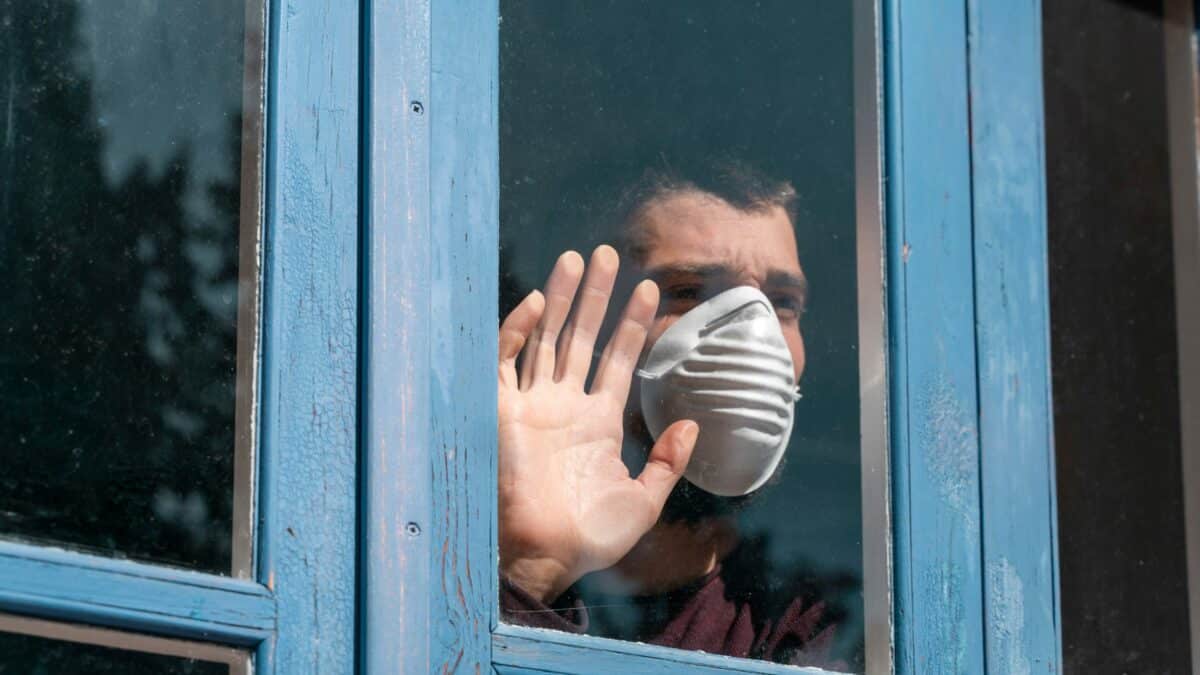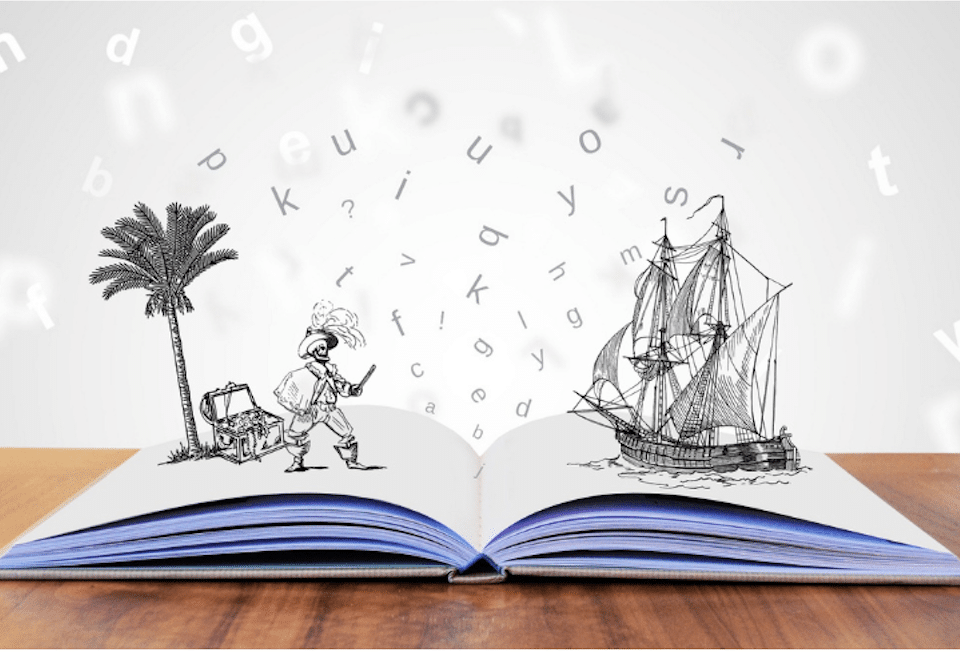
Agility management
5 May 2020
With heart and mind at school
26 May 2020Managing emotions to cope with emergencies Covid-19

Article by Diego Ingrassia and Massimo Berlingozzi – ESTE
It is interesting to re-read today the countless articles published in 2018 that recalled, 100 years later, the Spanish pandemic that caused millions of deaths in 1918-19. Many of those articles claimed that things would be very different now, thanks to medical advances, the organisational responsiveness of the health system, and the improved sanitary conditions of the population.
Two months after the start of the Covid-19 pandemic, we can say that, as impressive as the numbers of sick people and deaths are, the situation is nowhere near what it was 100 years ago. But the same cannot be said of the response capacity of the health system, which was only managed thanks to the admirable dedication of doctors and nurses, who paid dearly for the inadequacy of the facilities and organisation during the most acute phase of the emergency.
What is most surprising about this crisis, however, is the enormous difficulty in accepting the reality that was unfolding (the phenomenon affected practically all the countries involved). Despite the very clear data coming in from the areas where the virus had already spread on a large scale, those who were responsible for taking decisions – which were clearly unavoidable – tried to stall, to delay the most severe measures, effectively increasing the number of sick people and losses. It is important to ask why this happened. It is not easy to find a clear and decisive answer to this question. Certainly we cannot forget the fear, expressed by several parties, of the great economic damage that would be caused by the interruption of production activities, but this does not explain the strong and generalised resistance to accept reality. To find an answer, we must try to understand the ’emotional storm’, as someone has effectively called it, which affected an entire population that, overnight, had to accept living in a kind of great social experiment, in fact a different world.
Let us see if a simple example can help us. If you were on the African savannah, on a photographic safari, and came across a hungry lion, you would get no benefit from the message ‘everything will be fine! Instead, the protagonist of this story will, in a matter of fractions of a second, put in place the necessary behaviours to save himself. He might even be surprised to hear, from onlookers, how quickly he managed to make himself understood by his fellow travellers and get safely back into the jeep. Nothing strange about this: fear has done its job perfectly, setting in motion extraordinarily effective mechanisms, perfected over millions of years of evolution.
The mix of emotions between anxiety, anguish, fear, empathy
.
But what happens when the object of our fear has no face, no identity, no name, no explanation? Originally it was Coronavirus, then Sars-Cov-2 and Covid-19 appeared, and in the confusion few understood that the former code defines the virus, while the latter defines the disease. In the early days there was talk of an epidemic, then the World Health Organisation officially defined it as a pandemic. Some specialists said it was little more dangerous than a flu and that people were being unnecessarily frightened; then the scenario, dramatically, changed.
The infected were in their thousands and then in their millions. And again: it only affects the elderly, or not; masks are needed, masks are not needed; one metre away is enough, not enough, etc. The emotional storm at this point would be better defined as a ‘crazy cocktail’ of emotions, in the absence of a defined object capable of generating an effective and coherent response.
These considerations are not mere impressions: nowadays we have at our disposal tools capable of monitoring not only the numbers of contagions, but also the emotions that these numbers bring into play. A number of studies have recently been published aimed at trying to understand the emotions experienced by people during this crisis, through the use of innovative tools.
One study, in particular, carried out by Sociometrica using Expert System, a company that deals with semantic analysis, makes it possible to understand the evolution of Italians’ sentiment through the real-time collection and classification of the enormous flow of communication present on social media.
The published graphs are immediately explanatory, assigning a dimensional area to each of the 80 emotions that can be analysed with the tool.
The picture that emerges from the research describes a situation characterised, in the initial phase, by anxiety and anxiety in the face of widespread uncertainty. Anxiety then gradually decreased as the phenomenon took on more defined contours, to make way for fear of a threat that was beginning to be better known through the information that was gradually being published. Fear was often accompanied by understandable feelings of suffering and sadness as the situation and losses worsened. A feeling of acceptance, however, was always present, even in the face of the most serious news, to give way, then, during the second week of monitoring, to hope and empathy towards those most affected by the phenomenon.
Knowing fears so as not to magnify ghosts
.
The scenario depicted helps us to better define what we mean by emotion management. Let us go back for a moment with the protagonist of our example, who runs into the lion in the savannah, and set aside the very rapid sequence of automatic behaviours put in place to save himself. If we now observe him inside the jeep as he catches his breath, thinks back over what happened, listens to his current state of mind, asks himself how he would behave in the future and what he has learnt about himself and the situation he has experienced, we get closer to the set of experiences and knowledge that underpin the ability to manage emotions.
The value of security in modern society has made our lives free from many of the threats that our ancestors faced on a daily basis; on the other hand, our lifestyle exposes us to much more complex social situations. Beyond automatic behaviour, managing emotions therefore means being able to implement strategies appropriate to the context in which we live. An intelligence that cannot be separated from an awareness based on the ability to recognise one’s own and others’ emotions, identify the triggers, analyse the context, understand the values and meanings involved. Operations that require the search for a balance between reason and feelings.
If we analyse the events of the last two months in the light of these considerations, the importance of being able to access correct information effectively communicated becomes evident, just as it is easy to realise the great social value represented by appropriate emotional education, which should be included as a fundamental teaching in schools.
It is not surprising then, in the absence of these elements, the great resistance in accepting the reality that was coming to pass, or the attempt to offload onto an external enemy (initially China) a fear that we did not know where to direct, as well as the message ‘everything will be fine’, or the songs from the balconies (humanly understandable initiatives, moved by good feelings, but in fact only consolatory). A clearer look reveals the irrational and ineffective nature of these responses. Attempts at repression, hoax hunts or pleasurable regressions do not help to deal with the problem.
Fears that cannot be explained dwell in remote and unknown places and from that darkness they gain strength. The first objective, then, is to get to know them and bring them to light, because the worst remedy for fear is the attempt to hide. In this case, our imagination will continue to magnify the ghosts constructed by our mind.
What we are experiencing in the coronavirus emergency is an unimaginably huge experiment, which has put more than 2 billion people in the world into isolation. Modern medical science is struggling against a threat as old as our civilisation. The technologies at our disposal, as we have seen, are now capable of investigating what goes on deep inside the human soul. The management of emotions is an important resource at our disposal, but it imposes as a first move a full assumption of responsibility, only through this awareness can we regain our equilibrium in the face of threats from the environment.


